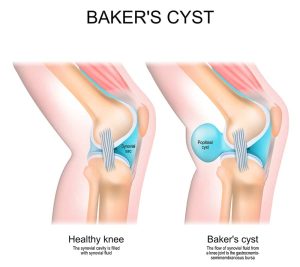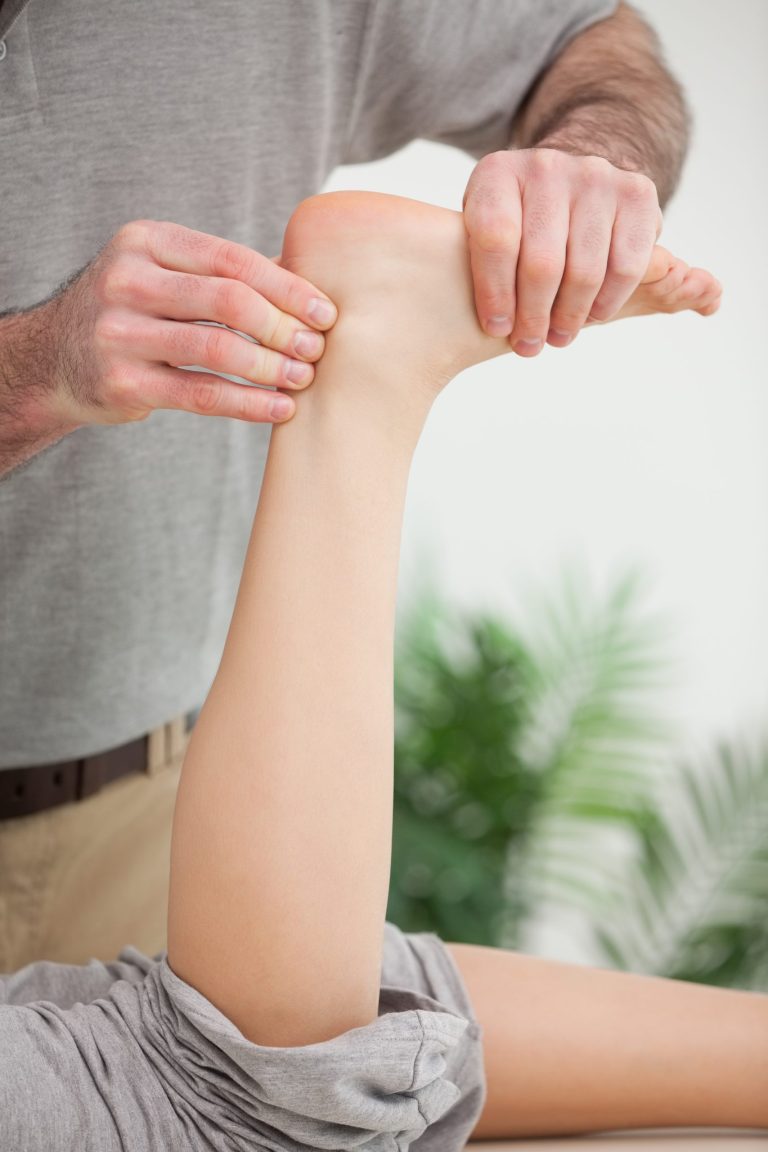

Achilles tendonitis is a common condition characterized by the inflammation of the Achilles tendon, which connects the calf muscles to the heel bone. This injury often results from repetitive stress or overuse, particularly during activities such as running, jumping, or sports that require sudden movements.
At York-Med Physiotherapy & Wellness Centre in Richmond Hill, our experienced team of physiotherapists offers effective treatment for Achilles tendonitis, helping you recover, manage pain, and prevent further injury.
Achilles tendonitis refers to inflammation of the Achilles tendon due to repetitive strain. Over time, this inflammation can lead to pain, stiffness, and swelling in the heel and lower leg, especially after physical activity. While it is common in athletes, Achilles tendonitis can affect anyone who overuses their tendon or is involved in activities that involve high-impact movement.
The clinical presentation of Achilles tendonitis may include:
Several factors can increase your risk of developing Achilles tendonitis, including:
At York-Med Physiotherapy & Wellness Centre, we provide a comprehensive treatment plan to address Achilles tendonitis. Our registered physiotherapists focus on reducing pain, improving flexibility, and restoring strength to the Achilles tendon. Treatment options typically include:
Strengthening exercises are a key component of rehabilitation after an Achilles tendon injury. These exercises help rebuild tendon strength, reduce pain, and prevent future injury. Our physiotherapists will guide you through progressive exercises to improve muscle function and stabilize the tendon as you heal.
Stretching exercises are essential for maintaining and improving the flexibility of the Achilles tendon and surrounding muscles. These exercises help to prevent tightness and enhance mobility. Key stretches for Achilles tendonitis include:
Toe stretch: Helps to improve flexibility in the Achilles tendon.
Calf stretches: Aimed at relieving tightness in the calf muscles, which can exacerbate Achilles pain.
Plantar fascia stretch: Targeted to relieve tension in the foot and Achilles tendon.
Stair stretch: Effective for stretching the calf and Achilles tendon using the steps of a staircase.
Our physiotherapists will teach you how to perform these stretches safely, ensuring that you are working toward recovery without causing further strain.
Manual therapy techniques, including joint mobilization and soft tissue massage, can help reduce stiffness, improve range of motion, and relieve pain associated with Achilles tendonitis.
Cold and heat applications are used to manage inflammation and reduce pain. Cold therapy (ice) is typically used to manage acute inflammation, while heat therapy is applied to relax and stretch the muscles and tendons.
Our physiotherapists provide education on proper footwear, training techniques, and activity modification to prevent further injury. We will guide you through modifications to your exercise routine and provide tips on managing any underlying conditions, such as flat feet or tight calves, that contribute to Achilles tendonitis.
At York-Med Physiotherapy & Wellness Centre, we offer evidence-based treatments designed to reduce pain, restore function, and prevent future injuries. Our expert physiotherapists create personalized rehabilitation plans tailored to your specific needs and goals.
Comprehensive Assessment: We conduct a thorough assessment to determine the underlying cause of your Achilles tendonitis and identify contributing factors.
Personalized Treatment: Our treatments are individualized to target your specific symptoms and help you recover effectively.
Holistic Approach: We focus on both short-term relief and long-term prevention, ensuring that you can return to your active lifestyle safely.
If you’re dealing with Achilles tendonitis, York-Med Physiotherapy & Wellness Centre is here to help. Contact us today to schedule an appointment with one of our experienced physiotherapists. We’ll work with you to reduce your pain, enhance your mobility, and help you return to your favorite activities.
Call now or book online to begin your recovery journey!
© 2020 York-Med Physiotherapy and wellness center | Richmond Hill & Vaughan. All Rights Reserved.
Designed by Magham Agency